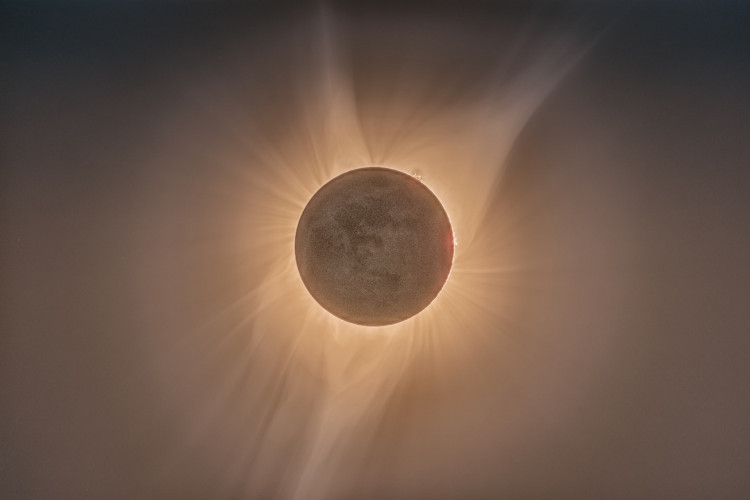A massive solar flare has been moving across space and will arrive on Wednesday at planet Earth (Feb. 2).
Following an M1-class solar flare, a coronal mass ejection (CME), a strong explosion near the sun's surface, burst into space in the early hours of Saturday morning (Jan. 30). The European Space Agency explains that M-class solar flares are medium-sized space weather events that can produce temporary radio blackouts on Earth.
The burst, which erupted from a sunspot dubbed AR2936, was particularly long-lasting, lasting more than four hours, according to astronomer Tony Phillips of Spaceweather.com.
He said that the CME could cause a G2-rated solar storm on Earth.
"Moderately-strong G2-class geomagnetic storms are possible after the CME arrives," Phillps said. "During such storms, auroras can spill out of the Arctic Circle into northern-tier U.S. states from New York to Minnesota to Washington."
"Power grids and satellites are in no danger, however. This is a low hazard 'auroras only' space weather event."
This outburst is a "halo CME," which seems to be larger than the sun in coronagraph photos captured by sungazing spacecraft as solar particles approach Earth, forming a circular halo.
Spaceweather.com reports that solar particles from this halo CME will strike Earth starting Wednesday, as predicted by a forecast model from the National Oceanic and Atmospheric Administration.
Storms at the top of the scale wreak havoc on our planet's magnetic field, causing power grids and communications networks to go down. A powerful solar explosion in 1989 sprayed Earth with so many electrically charged particles that the Canadian province of Quebec lost power for nine hours.
In addition to generating problems for our technology, they can injure astronauts operating on the International Space Station by exposing them to radiation or interfering with mission control communications,.
The Earth's magnetic field protects us from the more severe effects of solar flares.
Auroras, such as the Northern Lights, are caused by weaker solar flares. Those natural light displays are caused by solar wind bombarding the Earth's magnetosphere, resulting in the vivid green and blue displays.
The current solar cycle, which astronomers refer to as Solar Cycle 25, is stretching beyond its projected bounds as a result of this event. Spaceweather.com says this 11-year solar cycle has seen more sunspots than expected and is stronger than astronomers predicted. While the peak of the solar cycle is difficult to predict, researchers believe it will occur around 2025.




